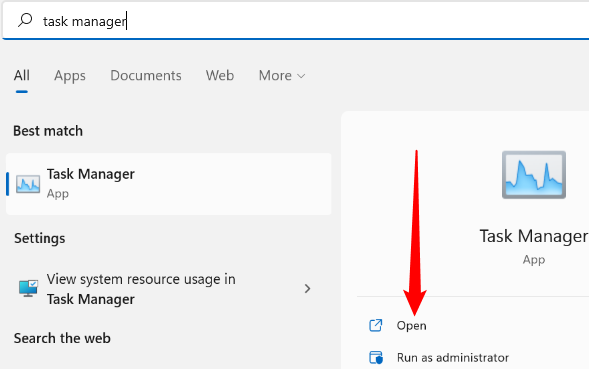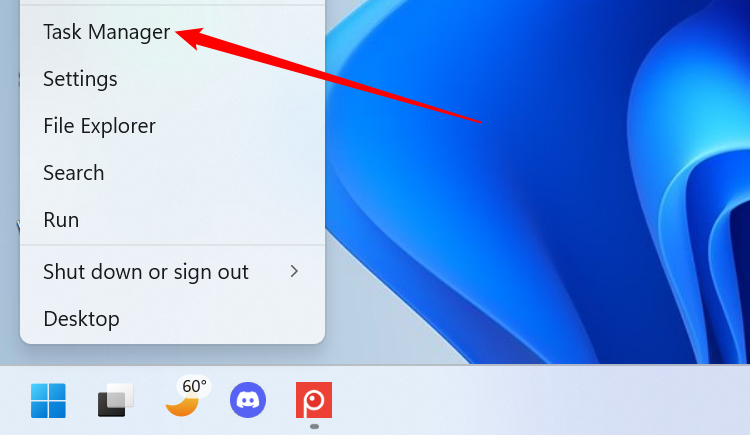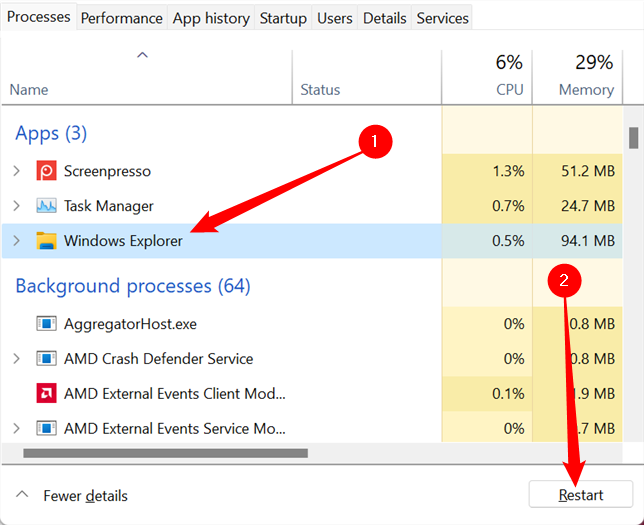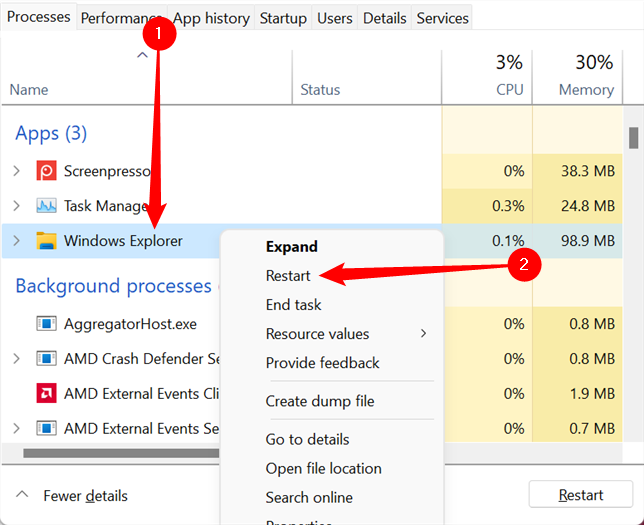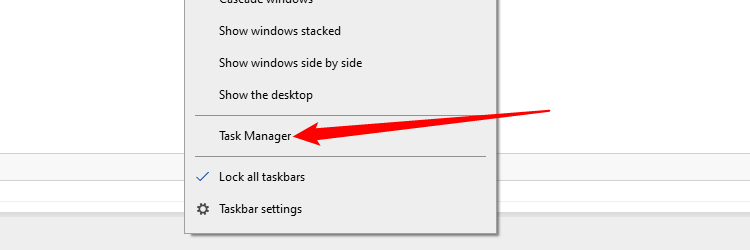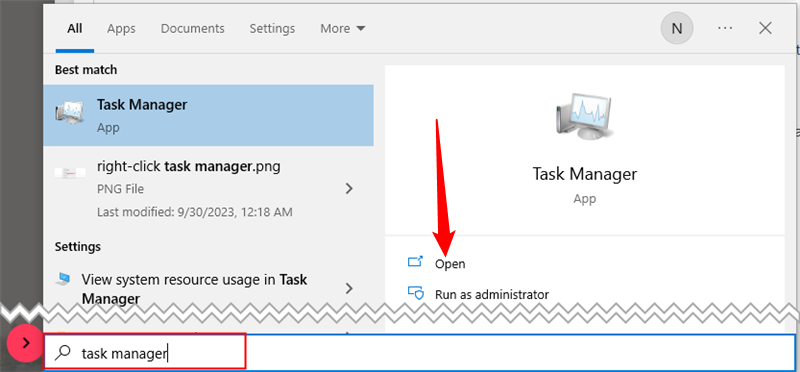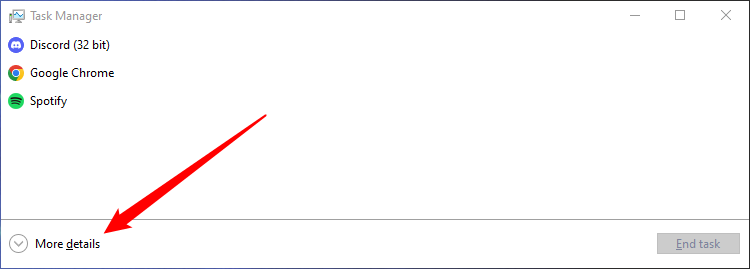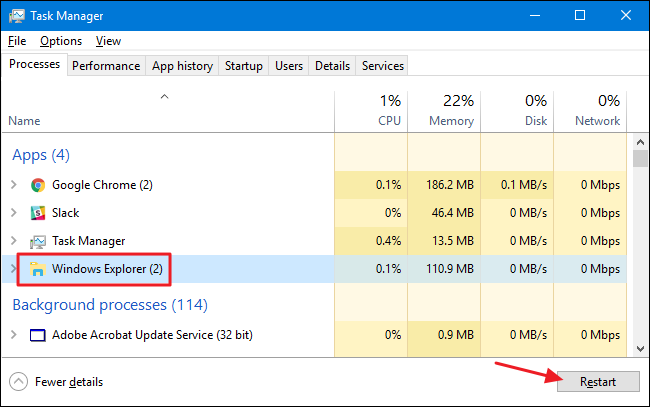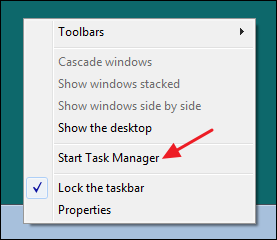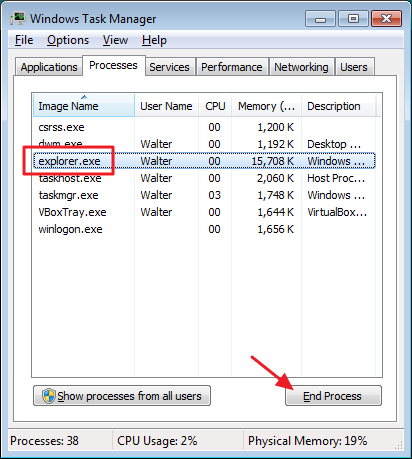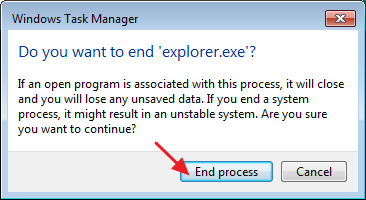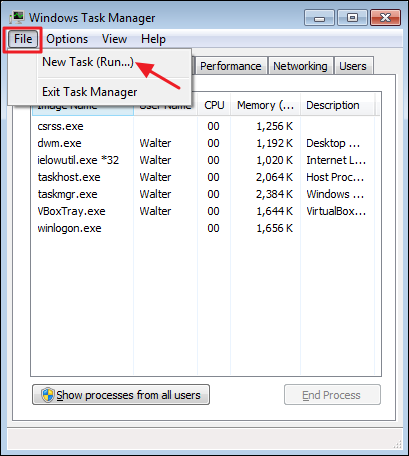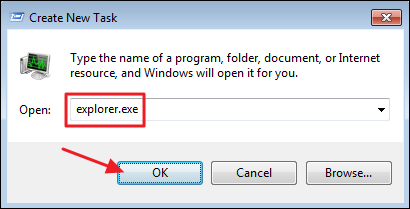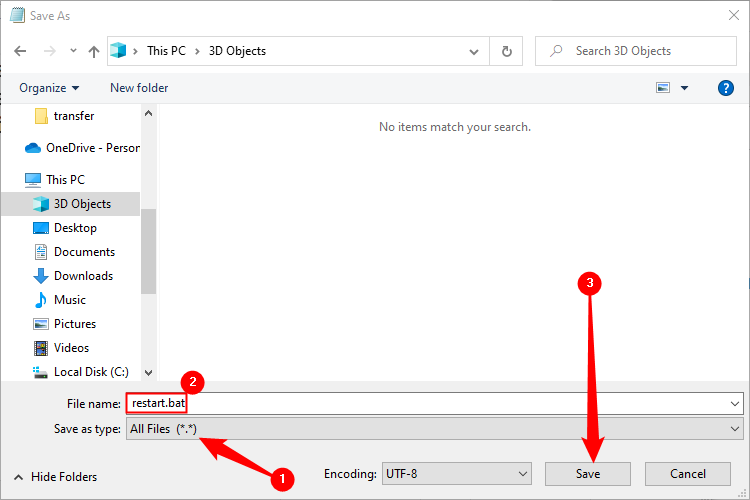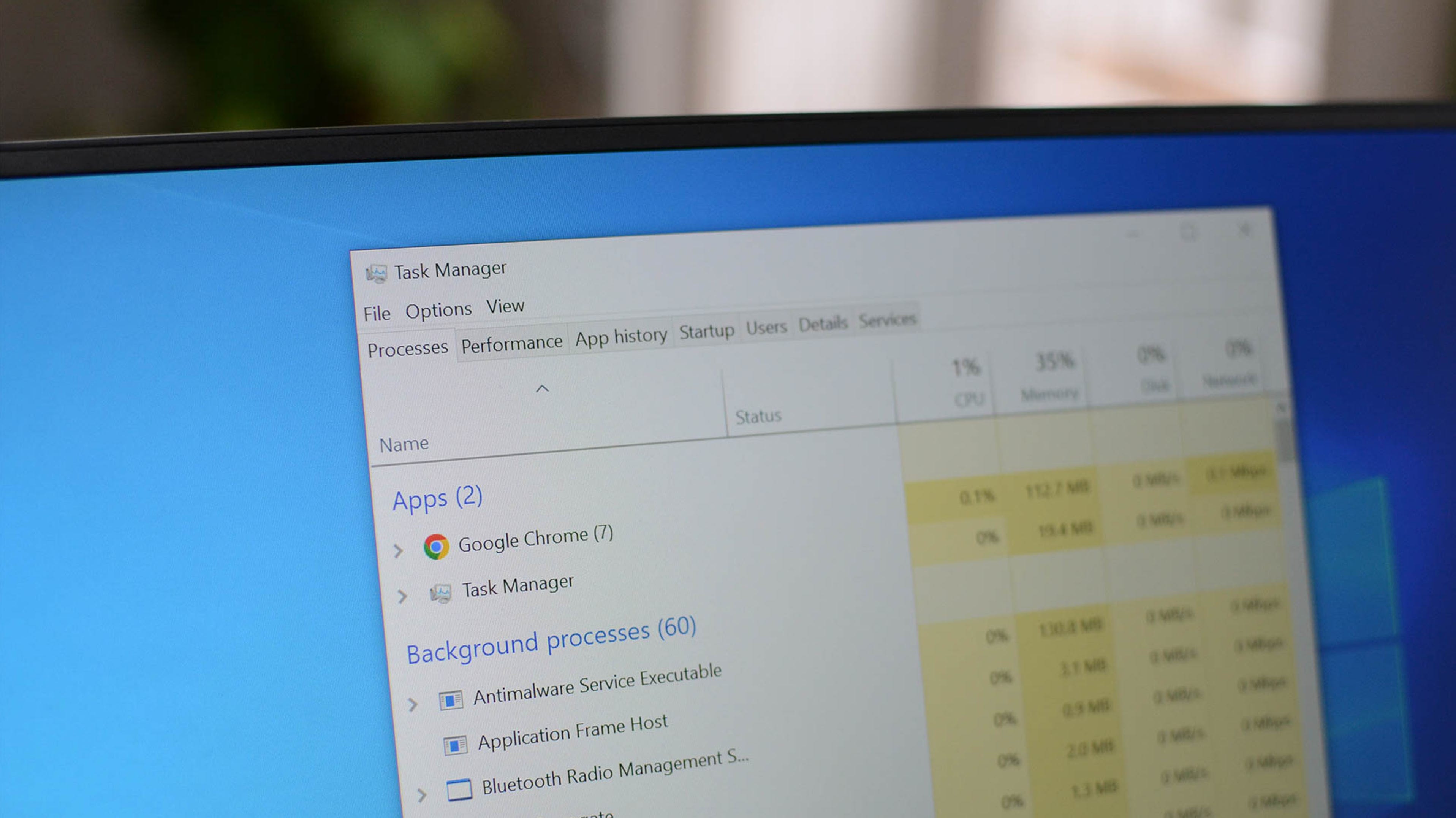
Mastering Windows Explorer: The Ultimate Guide to Restarting Explorerexe with Taskbar and Start Menu

Effortlessly restart Windows' Explorerexe, along with the taskbar and start menu, using the Task Manager No need to reboot your PC Simple steps for Windows 11, 8, 10, and 7 Also, learn how to exit Explorer from the taskbar or start menu, and restart with a batch file in any Windows version
Key Takeaways
To restart Windows Explorer, follow these steps:
1. Press Ctrl+Shift+Esc to open the Task Manager.
2. In the Task Manager, locate Windows Explorer.
3. Right-click on Windows Explorer and click on "Restart".
4. Windows Explorer will restart.
Alternatively, if you are using Windows 7, 8, or 10, you can do the following:
1. Hold Ctrl+Shift and right-click on the taskbar.
2. From the context menu, select "Exit Explorer".
3. Windows Explorer will exit and then automatically restart.
If your taskbar, system tray, or Start menu is not functioning properly, you might consider rebooting your computer. However, a more efficient solution is to simply restart Windows Explorer. Regardless of whether you are using Windows 11, Windows 10, Windows 8, or Windows 7, this process can be easily performed.
What Does Windows Explorer Do?
Windows Explorer (Explorer.exe) is the program manager process responsible for the graphical interface on Windows operating systems. It allows users to interact with various components such as the Start menu, taskbar, notification area, and File Explorer. Sometimes, one or more of these components may exhibit unusual behavior or become unresponsive. Similar to closing and restarting a problematic application, you can also close and restart Windows Explorer. Restarting Windows Explorer can be helpful when you have just installed a new application or made changes to the Registry that typically require a system restart. Although it may not always resolve the issue, it is worth attempting before resorting to a full system restart. Below are a few methods to restart Windows Explorer.
Restart Explorer from Task Manager
Restart Explorer from Task Manager in Windows 11
Restarting Windows Explorer using the Task Manager is available in both the traditional and modern versions of Windows. Below, you will find instructions for Windows 8, 10, and 11, as well as Windows 7.
Ctrl+Shift+Esc is the most efficient method to access the Task Manager in Windows 11. Alternatively, you can click on the Start button, enter "Task Manager" in the search bar, and then select "Open" or press Enter.
You could also lunch it from the Power User Menu. You access it this menu by right-clicking the Start button, or by hitting Windows+x. Then click "Task Manager."
Click the "Processes" tab in the Task Manager. If you don't see it, click "More Details" at the bottom of the window to reveal more options.
Alternatively, you can just right-click "Windows Explorer," and then click "Restart" in the context menu.
Restart Explorer from Task Manager in Windows 8 or Windows 10
In Windows 8 or 10, open Task Manager by right-clicking any empty area on your taskbar and then clicking "Task Manager."
If you're viewing the Start screen instead of the desktop in Windows 8, you can try searching for "task manager" by hitting Start. Another option is to use the keyboard shortcut Ctrl+Shift+Esc if you prefer quick access.
If your Task Manager window looks like the example below, click "More details" at the bottom to see the detailed interface.
To view the apps and background processes running on your PC, go to the "Process" tab in the Task Manager window. Scroll through the list to locate "Windows Explorer." If you have a File Explorer window open, it will be listed near the top under the "Apps" section. Otherwise, you will find it towards the bottom under the "Background Processes" section. To restart Windows Explorer, simply select it from the list and click the "Restart" button.
Simply follow these instructions to improve the performance of your system. After initiating the process, you may experience a temporary disappearance of elements such as your taskbar and Start menu. However, once the system restarts, you will notice smoother functioning, and subsequently, you can close Task Manager.
Restart Explorer from Task Manager in Windows 7
Restarting Windows 7 is not as straightforward as it is in Windows 8 and 10. Instead, you'll need to follow two separate steps: ending the process and then restarting it. To do this, simply right-click on any empty area of the taskbar and select "Task Manager."
In the Task Manager window, switch to the "Processes" tab. Select the "explorer.exe" process and then click the "End Process" button.
In the alert window that pops up, click "End Process."
To hide your taskbar and notification area, along with any open File Explorer windows, you can make them disappear from view. Occasionally, Windows will initiate an automatic restart of the process after a minute or so. However, it is more convenient to manually restart it. In the Task Manager window, navigate to the "File" menu and select "New Task (Run...)".
In the Create New Task window, type "explorer.exe" into the "Open" box and then click "OK."
Your taskbar and notification area should reappear and hopefully, whatever problem you were having will be resolved. You can close Task Manager.
Exit Explorer from the Taskbar or Start Menu in Windows 8 or Windows 10
These menus are not present in Windows 11.
Exit File Explorer from the Task Bar in Windows 8 and 10
A convenient shortcut to terminate the Windows Explorer process is available. For Windows 8 and 10 users, simply hold down the Ctrl and Shift keys simultaneously while right-clicking on any vacant space within the taskbar. The modified context menu will display an option labeled "Exit Explorer" which can be selected.
Exit Explorer from the Start Menu on Windows 7
In Windows 7, click Start and then hold Ctrl+Shift while clicking any open area on the Start menu to see the "Exit Explorer" command.
When selecting these commands, they do not restart Windows Explorer on any version of Windows. Instead, they simply terminate the process. Windows will typically automatically restart the process after a minute or so. However, if it fails to do so, you will need to manually restart it. To do this, press Ctrl+Shift+Esc to open Task Manager. Then, in Windows 8 or 10, click on the File menu and choose "Run new task" (or "Create new task" in Windows 7). Enter "explorer.exe" into the run box and click "OK" to relaunch Windows Explorer.
Restart Explorer with a Batch File in Any Version of Windows
If you'd prefer being able to restart Windows Explorer more quickly and avoid using Task Manager altogether, you can put together a simple batch file to do the job.
Fire up Notepad or your text editor of choice. Copy the following text and paste it into three separate lines in your blank text document.
taskkill /f /IM explorer.exestart explorer.exeexit
To improve the content, follow these steps:
1. Save the file with the extension changed from ".txt" to ".bat".
2. Access the "File" menu and select "Save as."
3. In the "Save As" window, choose your desired location.
4. From the "Save as type" drop-down menu, select "All files (*.*)."
5. Name your file as desired, followed by the ".bat" extension.
6. Finally, click "Save" to complete the process.
Place the batch file in your preferred location and then generate a shortcut to it. Decide where it would best suit your needs – whether it's on your desktop, Start menu, taskbar, or even included in the Power Users menu accessed by pressing Windows+X.
Once your shortcut is in place, you have one-click access to restart Windows Explorer whenever you need to.
